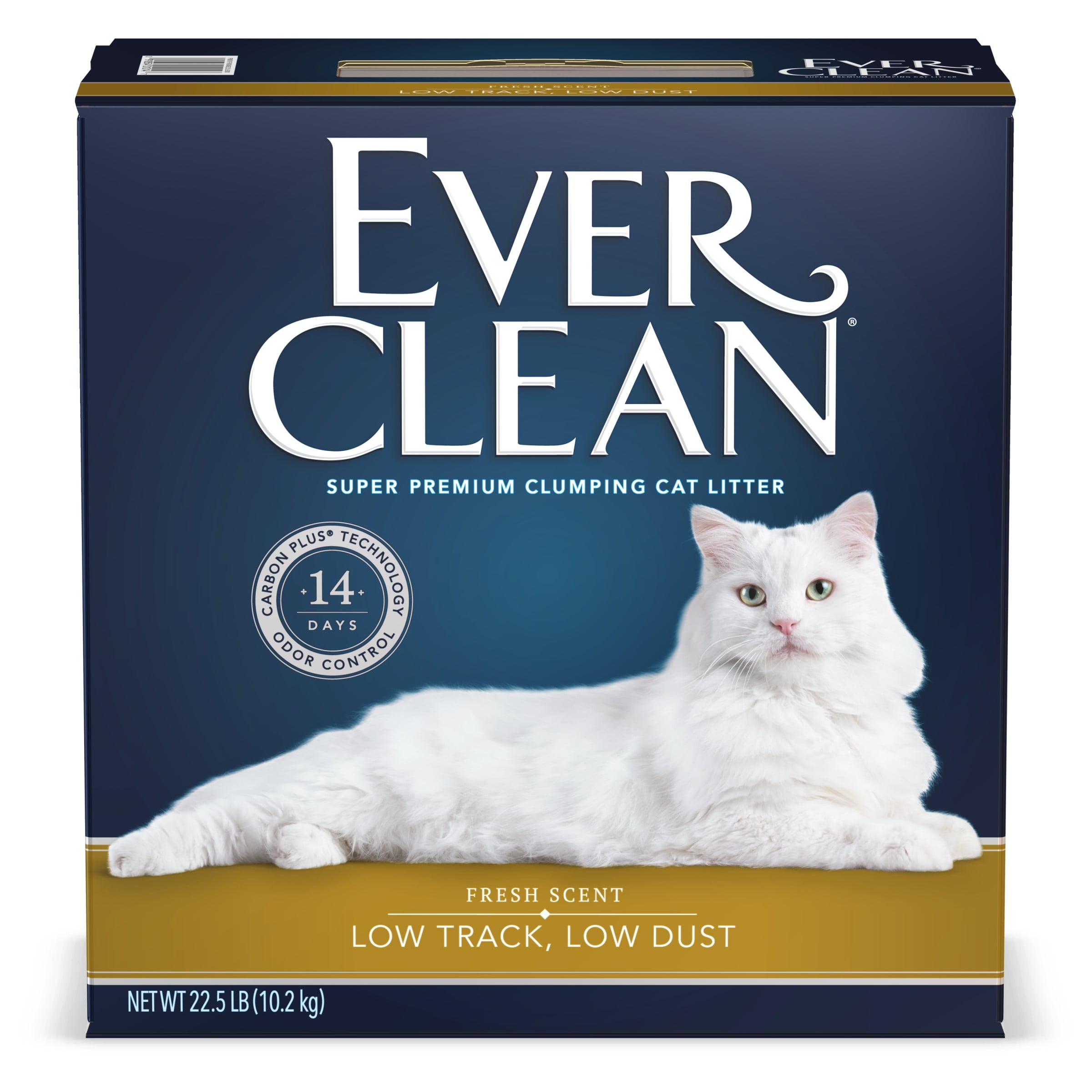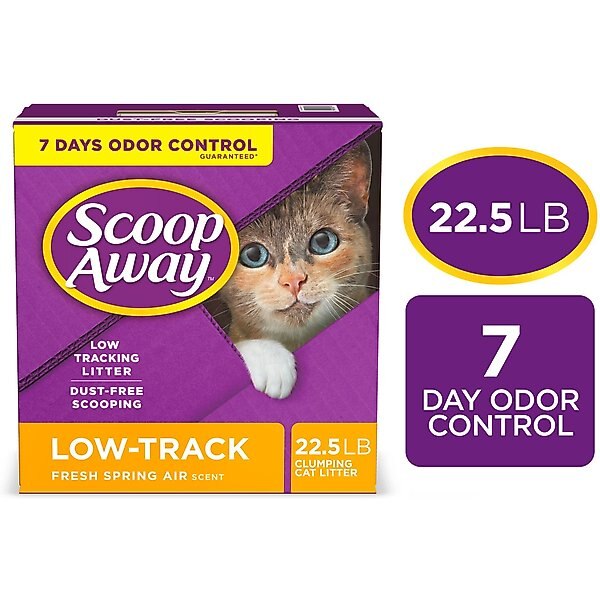Low Dust Low Tracking Cat Litter
Imagine stepping into your home after a long day, greeted not by the familiar gritty crunch underfoot and a hazy cloud swirling in the sunbeams, but by clean, clear air and a smooth, dust-free floor. This isn't a dream; it's the reality many cat owners are now experiencing thanks to the rise of low dust, low tracking cat litter.
This article explores the growing popularity and significant benefits of low dust, low tracking cat litters, examining how they improve the lives of both cats and their human companions. It delves into the science behind these formulations, highlights the health advantages, and offers practical advice for choosing the right option for your feline friend.
The Evolution of Cat Litter: From Ashes to Advanced Formulas
The history of cat litter is a fascinating journey, starting with basic, readily available materials. Initially, people used sand, soil, or even ashes to absorb cat waste.
In 1947, Ed Lowe revolutionized cat care by introducing Kitty Litter, made from granulated clay. This marked the beginning of the commercial cat litter industry.
Clay litter quickly became the standard. However, it came with drawbacks, particularly its dustiness and tracking, leading to constant cleaning and potential respiratory issues.
Addressing the Dust and Tracking Dilemma
The quest to minimize dust and tracking has driven significant innovation in cat litter technology. Manufacturers began experimenting with different materials and processing techniques.
The focus shifted towards creating larger, heavier granules that were less likely to stick to cats' paws and be tracked around the house. Dust-reducing methods, such as vacuuming and de-dusting during production, became more prevalent.
What Makes a Litter "Low Dust" and "Low Tracking?"
Defining "low dust" and "low tracking" involves understanding the physical properties of the litter. Low dust litters undergo special processing to remove fine particles that become airborne.
This often involves techniques like vacuuming during the manufacturing process and using materials that naturally produce less dust. The size and shape of the granules play a crucial role in minimizing tracking.
Larger, denser granules are less likely to cling to a cat's fur and paws, reducing the amount of litter that ends up outside the litter box.
The Benefits: Health, Hygiene, and Happiness
The advantages of using low dust, low tracking cat litter extend far beyond just a cleaner home. These litters offer significant benefits for both cats and their owners.
Respiratory Health: A Breath of Fresh Air
Dusty cat litter can pose a serious health risk, especially for cats and humans with respiratory sensitivities. Inhaling fine particles can irritate the lungs and trigger allergies or asthma.
Low dust litters significantly reduce this risk, promoting better respiratory health for everyone in the household. Cats with pre-existing conditions, such as feline asthma, benefit enormously from a dust-free environment.
Enhanced Hygiene: A Cleaner Home Environment
Tracking litter is not only unsightly but also unhygienic. It can spread bacteria and parasites throughout the house.
Low tracking litters minimize this issue, keeping floors cleaner and reducing the need for constant sweeping or vacuuming. This leads to a more hygienic and pleasant living environment.
A Happier Cat: Comfort and Cleanliness
Cats are naturally fastidious creatures, and they prefer a clean and comfortable litter box. Dusty litter can be irritating and unpleasant for them.
Low dust, low tracking litters provide a more comfortable and enjoyable experience, encouraging cats to use their litter box consistently. This can help prevent behavioral issues related to litter box aversion.
Navigating the Options: Choosing the Right Litter
The market offers a wide variety of low dust, low tracking cat litters, each with its own unique characteristics. Choosing the right one can feel overwhelming.
Material Matters: Clay, Crystal, Wood, and More
Different materials offer varying degrees of dust and tracking control. Clay litters, while traditional, can be quite dusty and prone to tracking unless specifically formulated as low dust.
Crystal litters, made from silica gel, are known for their excellent absorbency and low dust properties, but some cats may not like the texture. Wood-based litters, such as pine or cedar, are often very low in dust and offer good odor control.
Paper-based litters are another eco-friendly option that tends to be low in dust and relatively low in tracking.
Read the Labels: Look for Specific Claims
Pay close attention to product labels and look for specific claims about dust and tracking. Many manufacturers use terms like "dust-free," "low dust," or "low tracking" to indicate these features.
Read customer reviews to get a sense of real-world performance. Online reviews can provide valuable insights into how well a litter actually performs in terms of dust and tracking.
Consider Your Cat's Preferences: A Trial-and-Error Approach
Ultimately, the best way to find the right litter is to experiment and see what your cat prefers. Some cats are picky about texture, scent, or granule size.
Start by purchasing small bags of different litters and observing your cat's reaction. If your cat avoids the litter box or exhibits signs of discomfort, try a different type.
Beyond the Litter Box: Maintaining a Clean Environment
Choosing the right litter is just one part of maintaining a clean and healthy environment for your cat. Regular litter box maintenance is also essential.
Scoop the litter box at least once a day to remove solid waste and clumps. Completely empty and clean the litter box regularly, typically every one to two weeks, depending on the type of litter and the number of cats.
Use a mat or rug in front of the litter box to catch any stray litter granules. Vacuum or sweep around the litter box frequently to prevent tracking.
The Future of Cat Litter: Innovation and Sustainability
The cat litter industry continues to evolve, with ongoing research and development focused on improving performance and sustainability. Manufacturers are exploring new materials and technologies to further reduce dust, tracking, and environmental impact.
Biodegradable and compostable litters are gaining popularity as cat owners become more conscious of their environmental footprint. The future of cat litter is likely to be greener and cleaner than ever before.
By embracing low dust, low tracking litters, cat owners can create a healthier, cleaner, and more enjoyable living environment for themselves and their beloved feline companions. It's a small change that can make a big difference in both their lives.













